Inside an ancient Polish salt mine that has underground lakes, fully carved chapels, and chandeliers made of salt.

Inside an ancient Polish salt mine that has underground lakes, fully carved chapels, and chandeliers made of salt.
This beautiful Polish salt mine can be found deep underground and resembles a fairy-tale palace with azure lakes and stunning chapels packed with sparkling chandeliers carved entirely of salt.
The site in Wieliczka, near Krakow in Poland, has been going strong for over 700 years, but due to the coronavirus pandemic, it was forced to close its doors. Now on June 7, the impressive museum reopens, making it to the top of our wish lists for when we will travel abroad again.
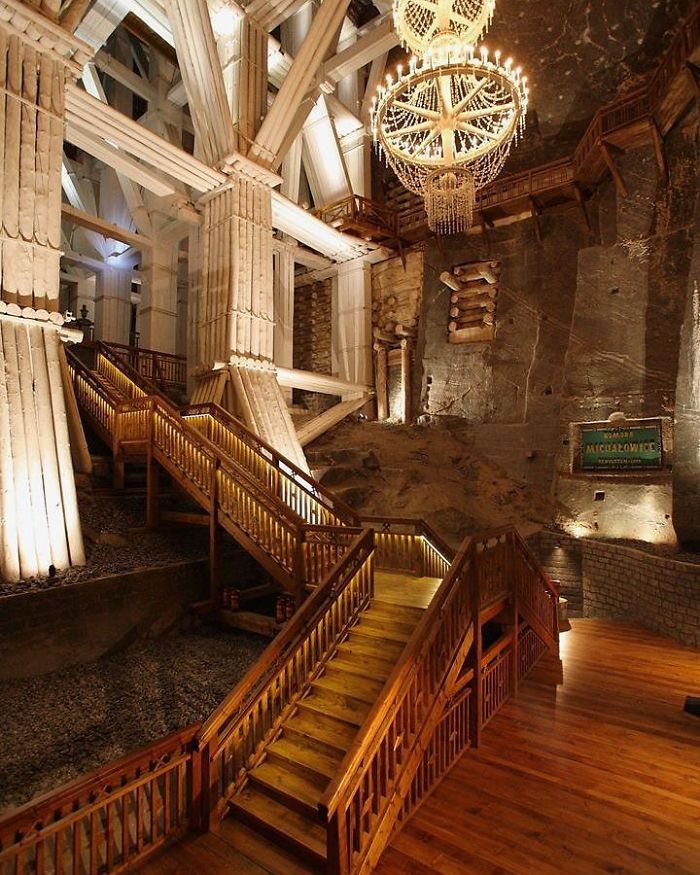
Every year, millions of tourists visit the tunnel labyrinth, which consists of approximately 300 km of corridors and is so wide that only 2% of it is actually open to visitors.
According to the UNESCO website which has listed the site: “The Wieliczka and Bochnia Royal Salt Mines illustrate the historic stages of the development of mining techniques in Europe from the 13th to the 20th centuries.
“Both mines have hundreds of kilometers of galleries with works of art, underground chapels and statues sculpted in the salt, making a fascinating pilgrimage into the past.” The mine became essential for Poland’s economy after lumps of lumps of rock salt were discovered on the site in the 13th century.
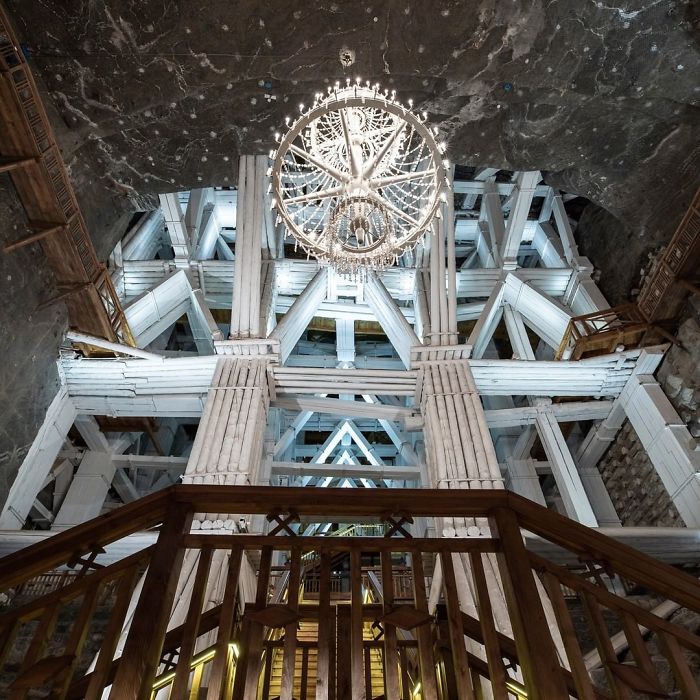
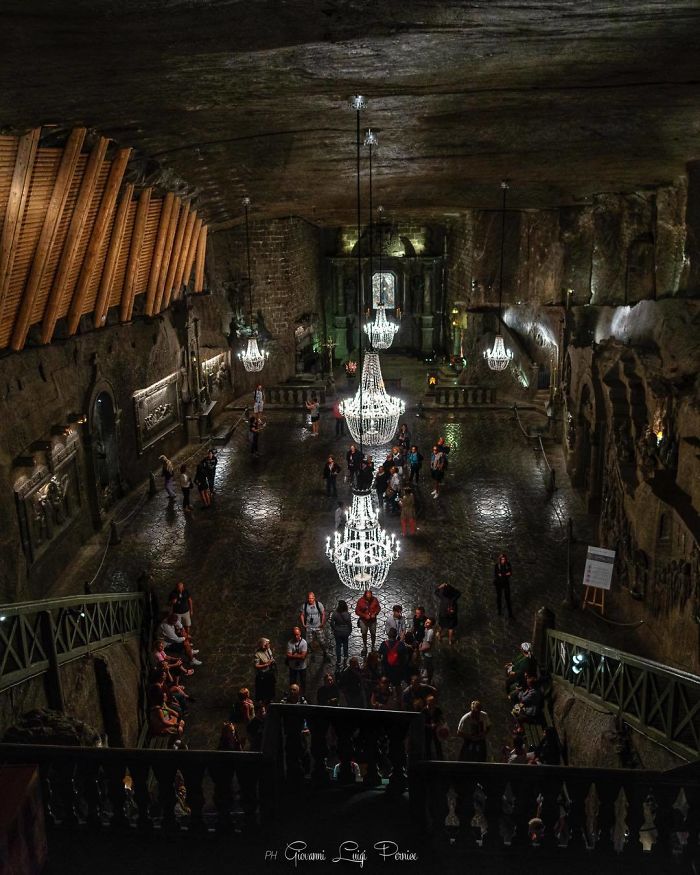
The riches from this constituted as much as a third of the royal treasury’s income and helped fund the first university in Poland. Even today, hundreds of miners still work at the site to ensure that it is a safe place for future generations. Now its incredible underground interiors are a testament to the hard work of the miners, technological process and the forces of nature.
Its intricate features are well preserved by salt and the mine is renowned for its health-giving properties. Chronic allergy sufferers still make pilgrimages to its underground sanatorium to relieve their symptoms.
Hundreds of patients spend up to 14 days in the mine’s microclimate, breathing the therapeutic air, free of allergens and pollution. Research into the mines medical role was first carried out by Polish physician Dr Feliks Boczkowski, according to the resorts website.

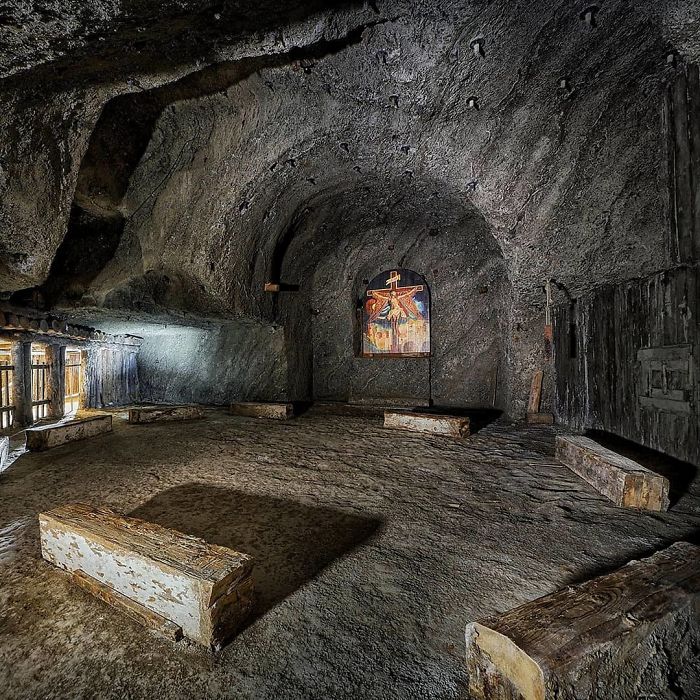
He discovered the therapeutic effects of the salt caves after noticing that Wieliczka miners were much less likely to develop lung disease. Through his work, a spa was set up in the 19th century which offered saline baths and salt mud baths. Since 2011, it is the only underground health resort in Poland.
To descend into the mine, visitors must walk down 378 wooden steps. They will be greeted by an eerie series of spacious chambers, chapels and pits carved into the salt rocks.
The artwork was designed by the miners to protect them as they carried out their dangerous work. In the 19th century, visitors would carry candles to light the huge space whilst a miners’ orchestra played.
Perhaps the most impressive space in the mine is the Chapel of St. Kinga, the patron saint of salt miners, which took over 30 years to carve at a depth of 350 feet. Every single element is made from salt, including an incredible row of sculptures and chandeliers which light up like Swarovski crystal.
The chamber also features a detailed recreation of Leonardo Da Vinci’s Last Supper, etched into the rock salt wall, alongside statues of St Joseph. Two levels down, in the Weimar Chamber, the mine also contains a natural teal saline lake, which is a common spot for marriage proposals on the walking tour.

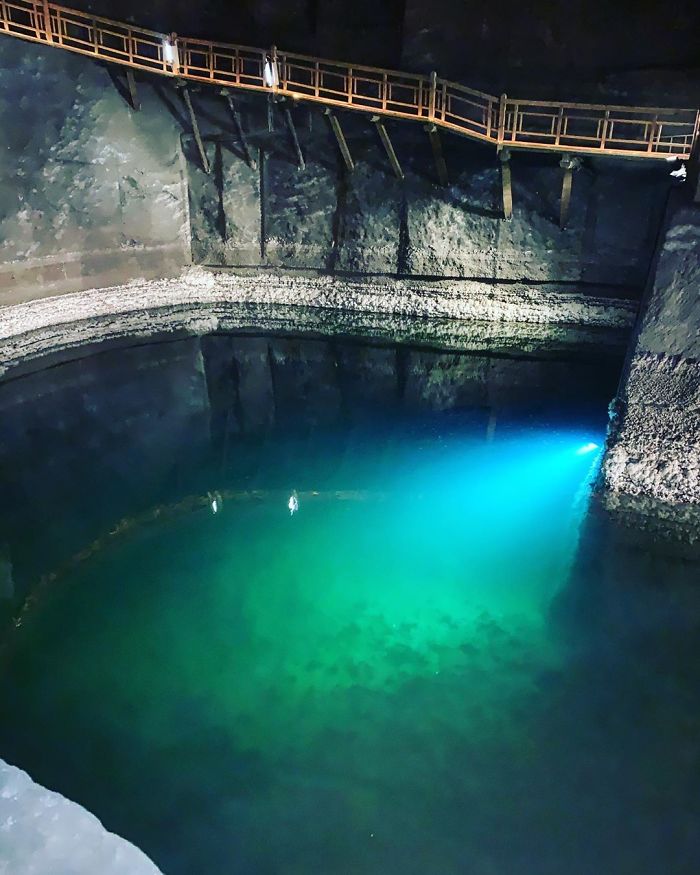
It is lit up by laser strobes, so visitors suspended above on a modern walkway can see the depth of the lake, with the bottom encrusted with salt crystals. The brine lake in the Erazm Baracz Chamber is said to be the saltiest water body in the world which contains 320g of salt per litre.
One of the caverns is so large that an amateur hot-air balloonist made a Guinness Book of Records attempt for ballooning underground. Mr Krzysztof Rekas rose to a height of 2 metres and 13 centimetres from the ground for four minutes in the 36 metre high Staszic cavern.
However, he was beaten by Austrian Ivan Trifonov in 2014 who sailed his balloon 206m in Mamet Cave in Croatia. The mine has been a World Heritage Site since 1978 and is now mainly open for tours.
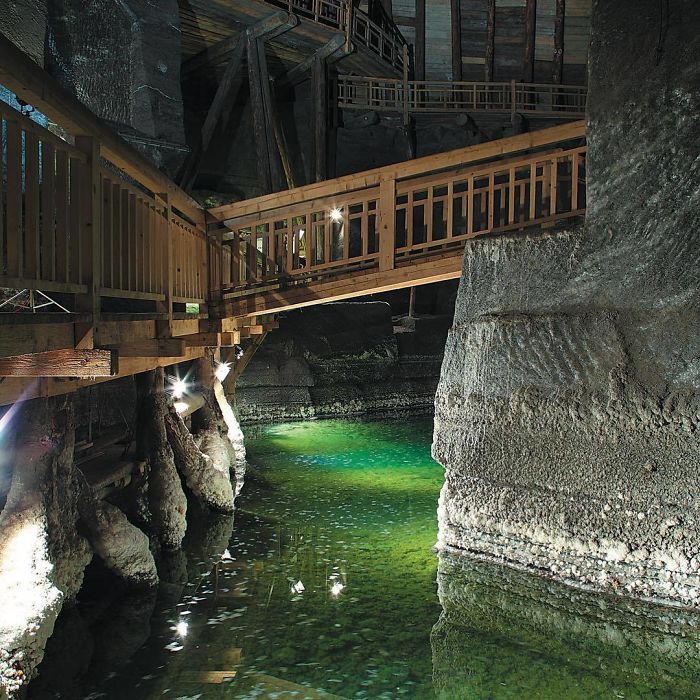
It always takes place under the supervision of a guide – with several warnings online that it’s easy to get lost in the labyrinth. The temperature in the mine falls within the range of 17–18ºC, so its a great way to escape the sun.
The site website warns that the tour is available for all ages, and does not require above-average physical condition, but there are more than 800 steps to climb. Happily there is a lift at the bottom to bring people back up.